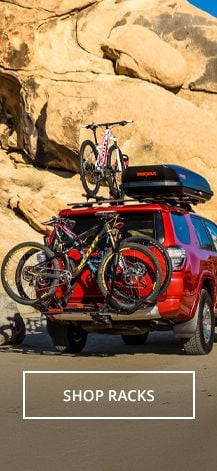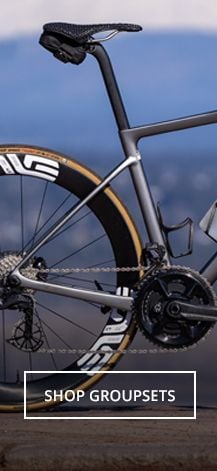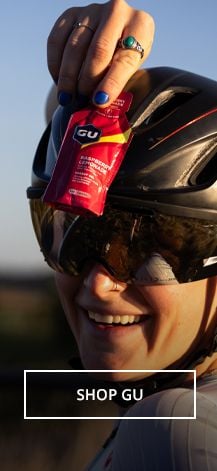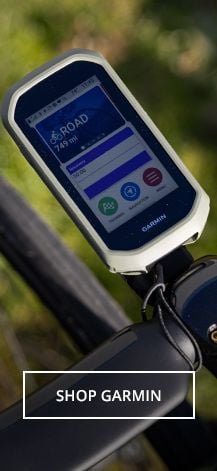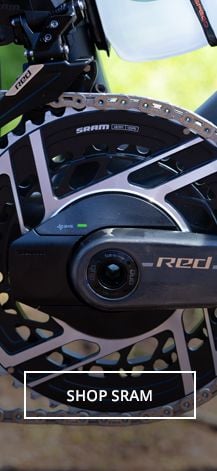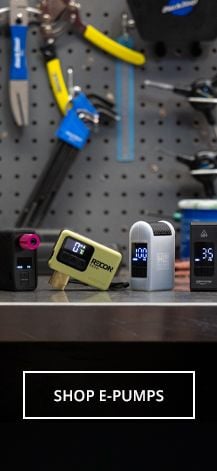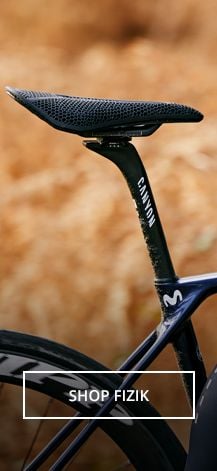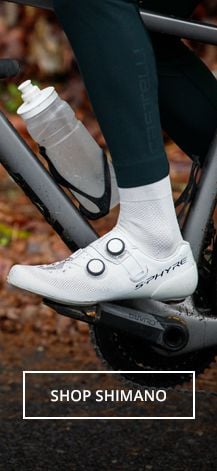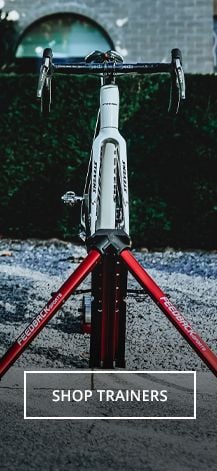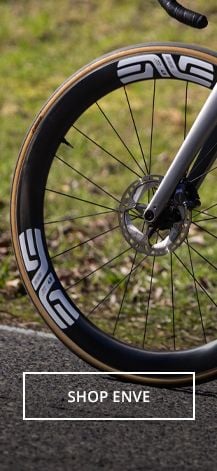Tubular Tire Installation - Tape
Tubular tape has been used for years as a quicker, cleaner, and more convenient way to mount tubular tires. We carry Tufo tape in sizes for road and mountain tires.
In mechanic circles, there is some debate about tubular tape. Wheelmaker Steve Hed has gone on the record enthusiastically endorsing tape, Tufo tape in particular. Hed's competitors at Zipp have a cooler attitude towards tape, suggesting that riders "use at your own risk." Zipp's concern is that tape can be so sticky it can damage carbon rims if care is not taken in removing the tire. We should point out that carbon rims can also be damaged by careless removal of a glued-on tire. As always, we advise you to work slowly and carefully when installing and removing tires regardless of the adhesion method you choose.
Tape installation is very similar to the gluing method. There are two accepted methods for applying Tufo tape. The first uses only tape, while the second uses glue and tape and is sometimes referred to as the "Belgian Method".
Fans of the Belgian Method support it for a couple of reasons: Tubular tape does not cover the entire rim bed, leaving gaps around the sides of the bed; this is of particular concern to cyclocross racers, who use wider tires at lower pressure, which creates much more sideways force when cornering than high pressure road tires. Some riders have also reported problems with Tufo tape not bonding to the tire's fabric base tape.
Regardless of which method you choose, rim and tire prep is the same as with glue. Rims do not need to be perfectly clean, but large clumps of old glue or tape should be removed and the rim bed surface should be made as even as possible.
Tire and Rim Prep
1. Install Extenders: Many tubular tires are used with deep section rims and require valve extenders for inflation. Install these valve extenders before stretching the tire to ensure they seal properly, allow inflation, and retain pressure.
2. Stretch the Tire: Install an un-glued tire on an un-glued rim with all extenders/accessories intact. Inflate the tire to a high riding pressure (120-130 PSI) and leave inflated overnight. By stretching the tire at riding pressure with extenders installed, you can be certain that the entire set-up will perform as intended when glued to the rim. If your tire is truly defective, this is the time you will discover it, before it is taped.
Belgian Method
If you choose to use glue and tape, apply a thin coat of glue to both the tire and the rim. This is an optional step!
3. Rim and Tire Gluing: Rims do not need to be completely bare, but large clumps of glue residue should be removed. The surface should be as smooth as possible. Apply a thin layer of glue to the rim and a thin layer of glue to the tire. Hang to dry separately, overnight. The key to this step is to make the layer of glue as thin as possible, but still cover the surface area of the rim and tire.
Tape Application
For those using glue and tape, the tape is simply installed over the initial glue layer.4. Apply Tape to Rim: Following the instructions included with the tape, apply it to your rims evenly, ensuring it is centered on the rim and free of wrinkles. Make sure to only unpeel the rim side applicator from the tape; the tire side applicator stays on until the tire is mounted and centered.
5. Install Tire: Install the tire over the tape, with the applicator strip still intact. Stretch the tire evenly around the rim and inflate the tire to 30-40 PSI. Now center the tire on the rim. One of the primary benefits of tubular tape is that you have all the time you need to get the tire perfectly centered.
6. Remove Tire-side Applicator Strip: With the tire installed, slowly peel the applicator strip from between the tire and tape. Work slowly and try not to rip the applicator strip.
7. Inflate Tire: Inflate the tire to high riding pressure (120-130 PSI), and do a final check to make sure it's still in round and straight. Because tape does not cure like glue, it can be ridden very soon after installation. We would advise that you leave it at pressure for a few hours, then give the tire a final check before riding.
By following these steps, you have:
- ensured that your extenders, adapters, and accessories are compatible with your wheel set-up.
- ensured the the tire holds air and is round and totally functional.
- prepped the rim to allow for straight, even tape application.
- installed the tire and carefully removed the tape applicator layer to provide sturdy adhesion and a round, evenly installed, smooth, and fast tire.
- allowed the tape to set overnight (or at least several hours) to ensure the durability of the installation.
For many, tubular tape saves time and avoids messes. The same rules apply to gluing tubulars. Carefully follow instructions, give yourself plenty of time and don't skip steps. We see very few truly defective tubular tires; many more are hastily installed and become out of round or develop leaks as a result. Work slow to ride fast!
Mounting tubular tires properly is essential to using them safely. Improperly mounted tires can result in injury or even death. If you are not sure about what you are doing, seek help from a qualified, experienced mechanic or tubular rider.
For any further questions regarding tubular tires, wheels, or maintenance, contact us at (503) 917-0156 or [email protected].

